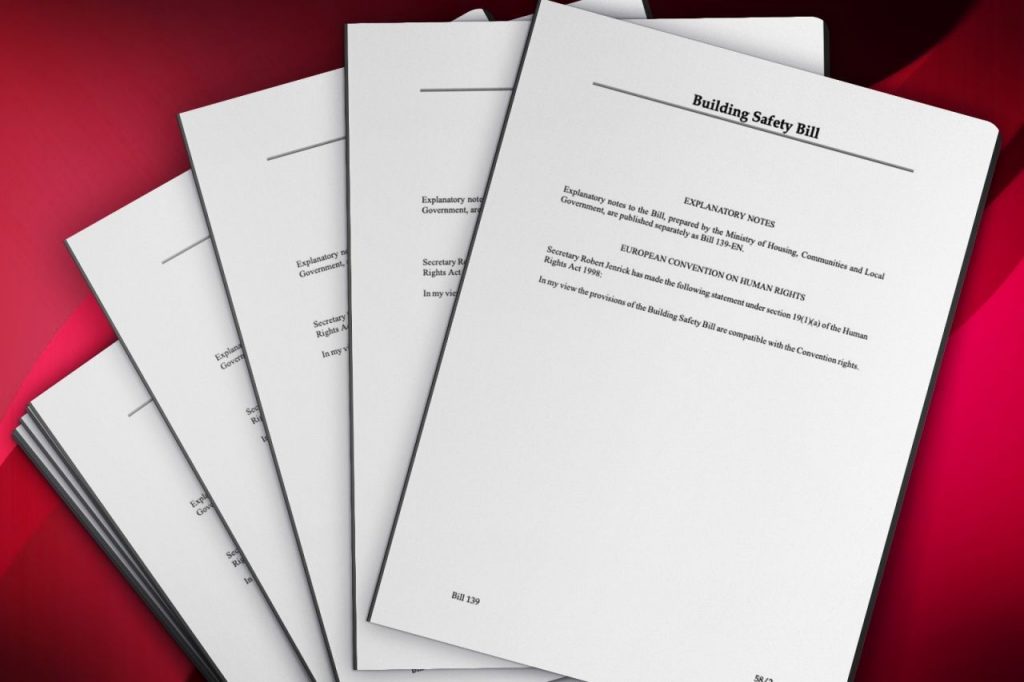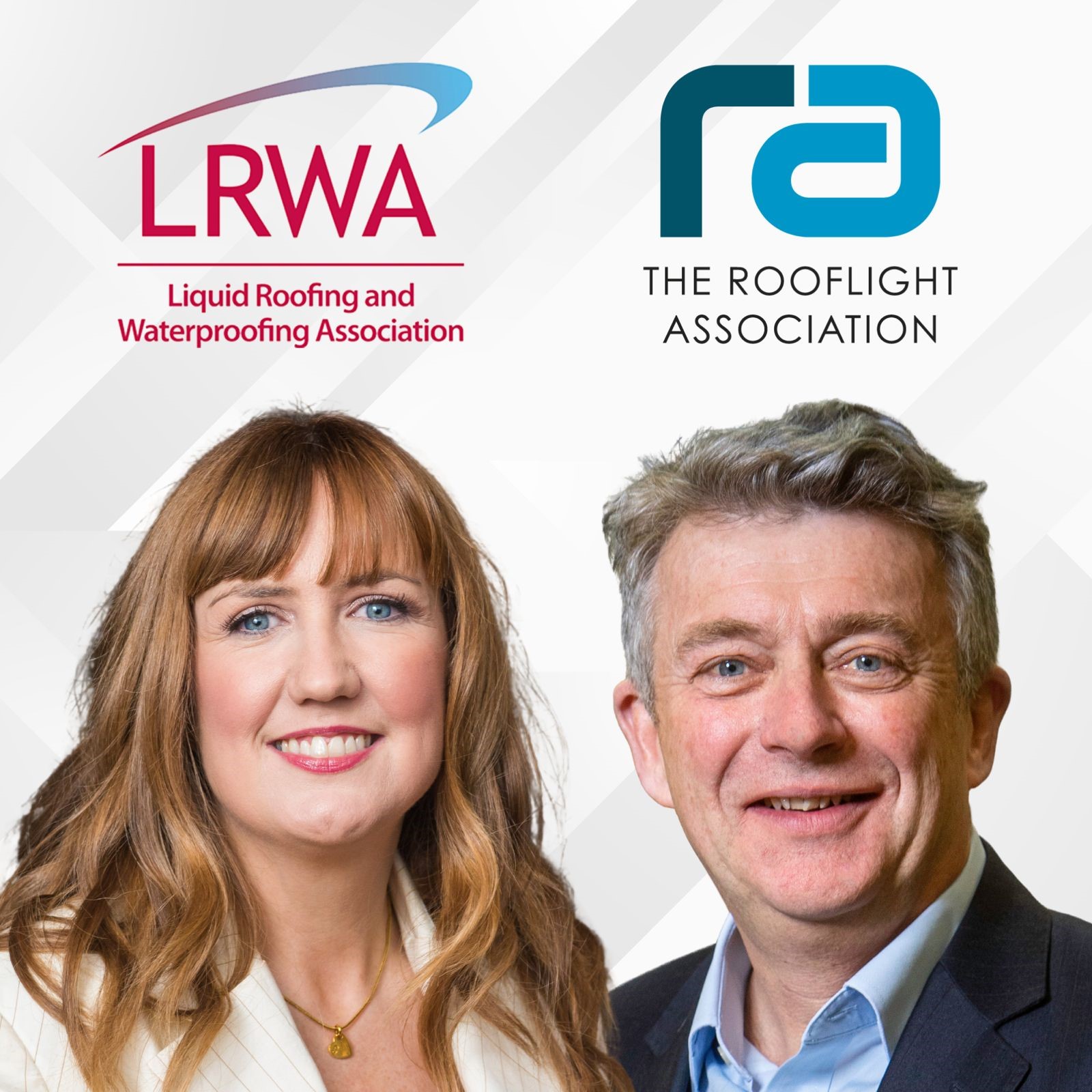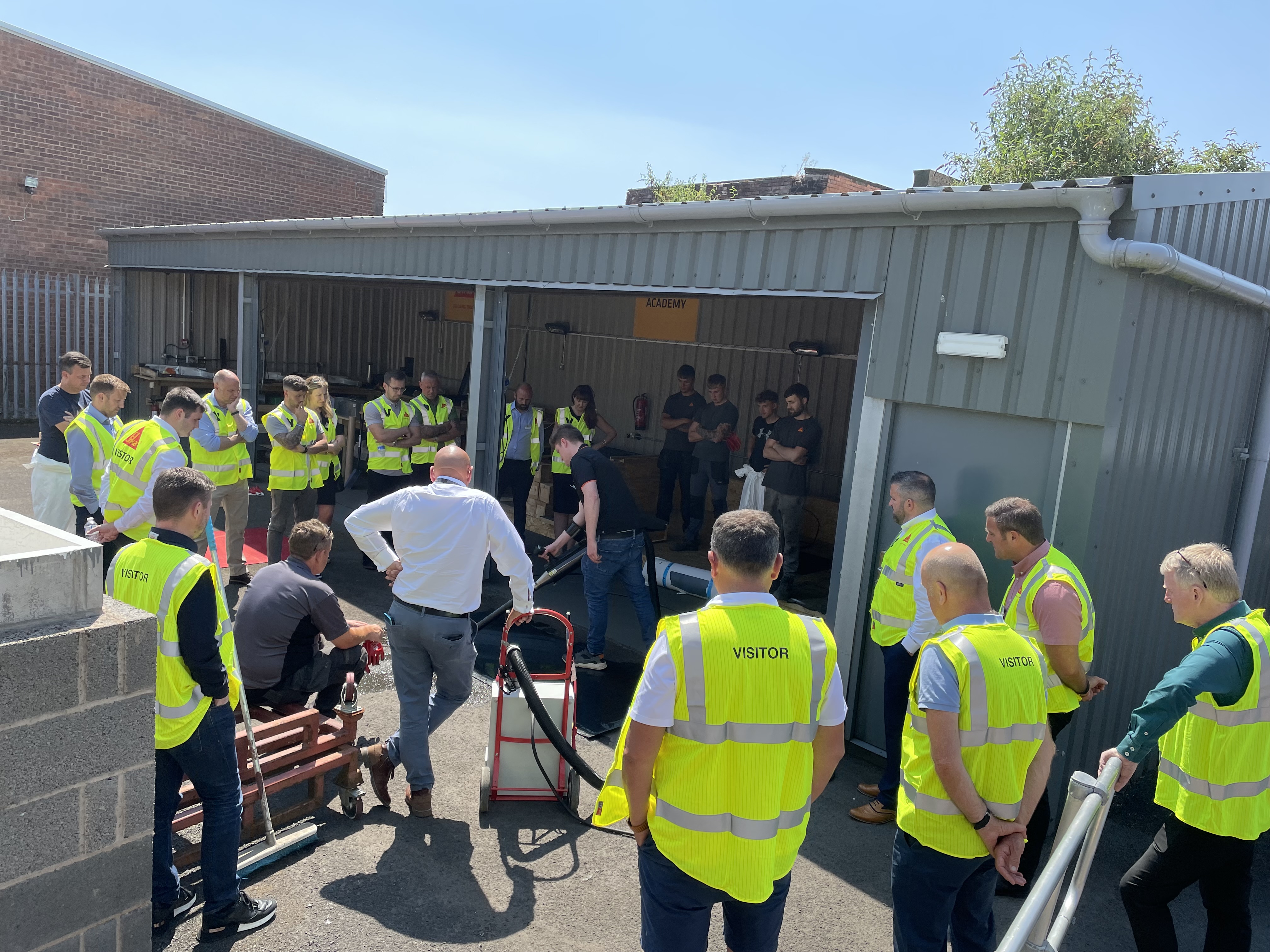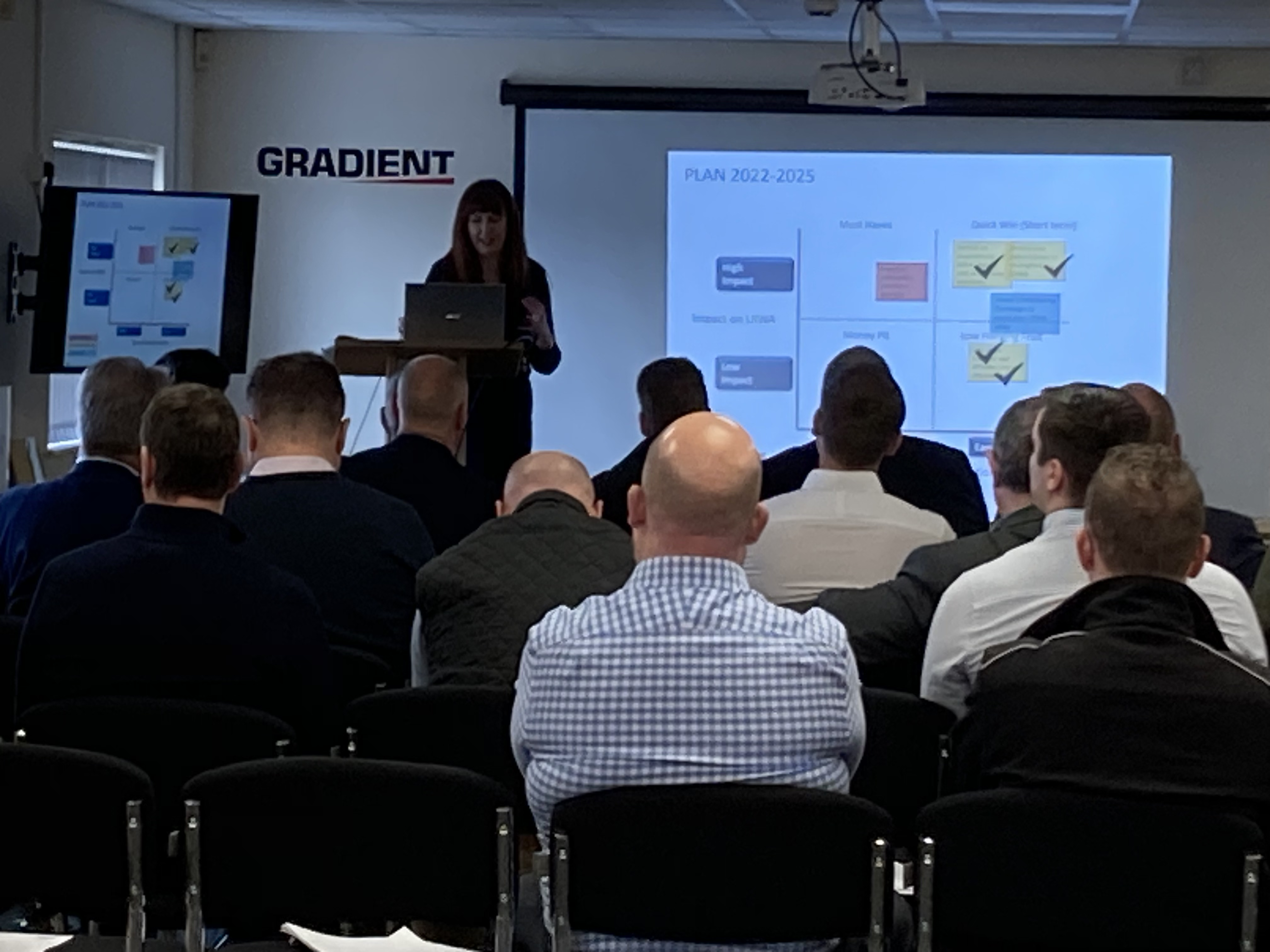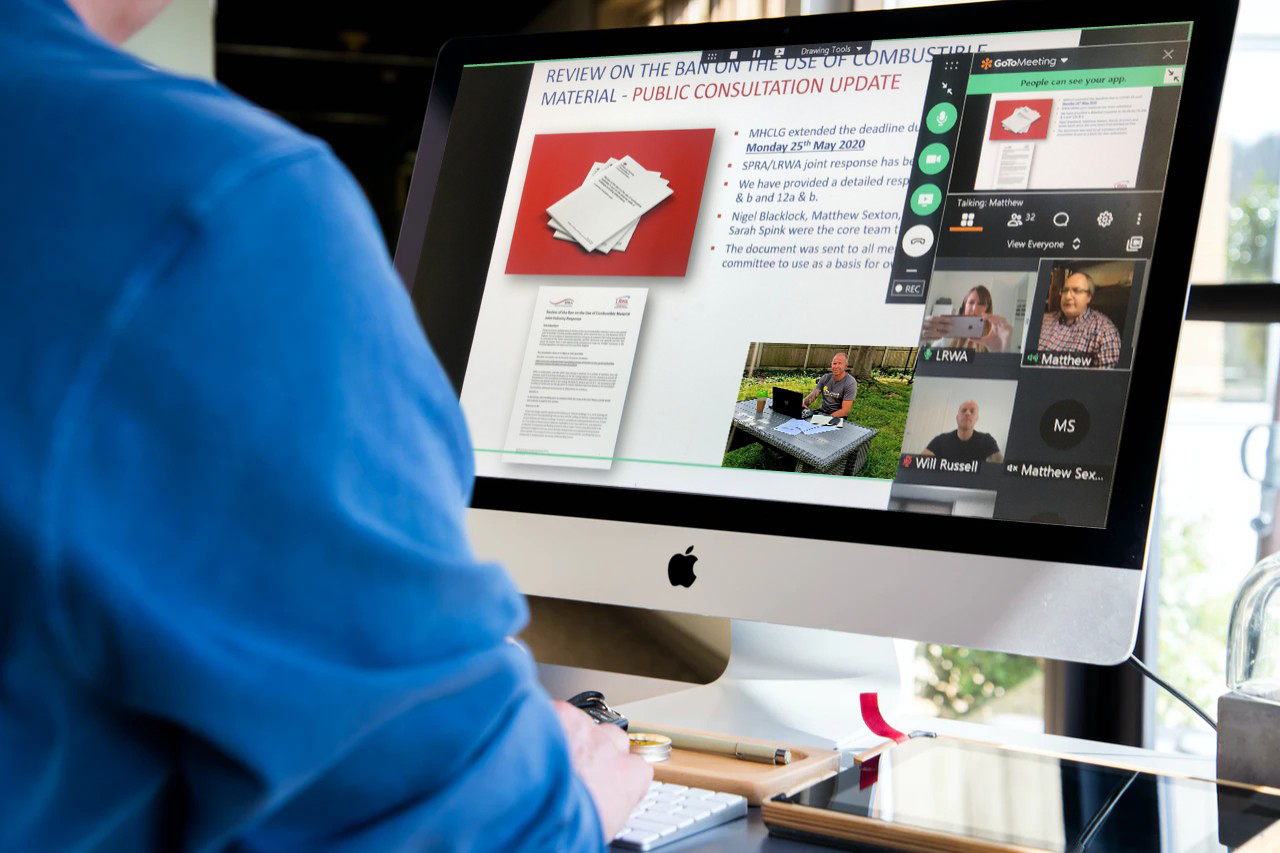The long awaited Building Safety Bill was published on 5th July 2021. The bill sets out how residential buildings should be constructed and maintained. In addition it gives additional powers to residents to hold builders and developers to account and toughens sanctions against those who threaten residents safety.
The main aspects of the bill are as follows:
- A Building Safety Regulator (BSR), to be established by the Health and Safety Executive will oversee this new regime and will be responsible for ensuring that building safety risks in both new and existing high rise residential buildings (18m+) are effectively managed and resolved, taking costs into account.
- The BSR will also give advice to local regulators, landlords and building owners, the construction and building design industry as well as to building occupants.
- 4 no. specific Gateway Points at design, constructions and the completion phases will be followed to ensure safety is considered at each stage of the construction. This ensures safety risks are considered at the earliest stage of the planning process.
- This approach will enable a ‘golden tread’ of information to be created, stored and updated through the building lifecycle. This establishes clear obligations on owners, enabling swift action to be taken by the Regulator wherever necessary.
- A Mandatory Occurrence Reporting System will be established to report to the BSR on ‘structural and fire safety occurrences’. Secondary legislation will include a list of occurrences which must be reported. This will cover substandard products which impact safety, defective installation of fire proofing, structural failures of a building, failure of building components such as fire doors, failure of installed fire safety systems as well as major events such as fires.
- There will be new roles for building safety management once the building is occupies.
The amount of time residents have to seek compensation for substandard work will increase from 6 to 15 years, backdated to 2010 enabling proceeding against developers until 2025.
New measures introduced in today’s bill will:
- Ensure there are clearly identified individuals responsible for safety during the design, build and occupation of a high rise building.
- Establish a Building Safety Regulator to hold to account those who break the rules and are not properly managing building safety risks.
- Provide residents in these buildings with more routes to raise safety concerns and mechanisms to ensure these will be heard and taken seriously.
- Extend rights to compensation for substandard workmanship and unacceptable defects. This includes taking enforcement action where needed.
- The whole will drive a cultural change across the industry.
- Includes powers to strengthen the regulatory framework for construction products, underpinned by a market surveillance and enforcement regime led by the Office of Product Safety and Standards, part of BEIS.
The national regulator will be able to remove construction products from the market that present safety risks and to prosecute or use civil penalties against businesses that breach the rules.
Protection of leaseholders is provided by a legal requirement for building owners to explore alternative ways to meet remediation costs before passing these onto leaseholders along with evidence that this has been followed.
Developers will be required to join and remain members of the New Homes Ombudsman scheme which will require them to provide redress to homebuyers, including through awarding of compensation. Developers who do not belong to the New Homes Ombudsman may receive additional sanctions.
- Note
While the emphasis is directed at building over18m high this change in culture is bound to have a knock on effect for building below this height.
The relevant documents can be accessed using the links below:
The Building Safety Bill can be found here: https://www.gov.uk/government/collections/building-safety-bill
Building safety factsheets, to provide more information about the provisions in the Building Safety Bill and how they will be implemented can be found here: https://www.gov.uk/government/publications/building-safety-bill-factsheets
One page explainer: https://assets.publishing.service.gov.uk/government/uploads/system/uploads/attachment_data/file/999440/Building_Safety_Bill_-_explainer.pdf
Government has also published its response to the pre-legislative scrutiny of the Building Safety Bill, which can be found here: https://www.gov.uk/government/publications/building-safety-bill-government-response-to-pre-legislative-scrutiny-by-the-select-committee
The transition plan for the Bill and timelines can be viewed here.
- Royal Assent in anticipated some 9-12 months after introduction – this takes us to March – June 2022
- Phase 2 will be the introduction of regime and Secondary Legislation
- Phase 3 will be Transition and coming into force of the regime.
A copy of the two draft regulations listed below can be viewed here.
- The Higher-Risk Buildings (description and Supplementary Provisions) Regulations 2021, and
- The Building (Appointment of Persons, Industry Competence and Duty holders)(England) Regulations 2021

